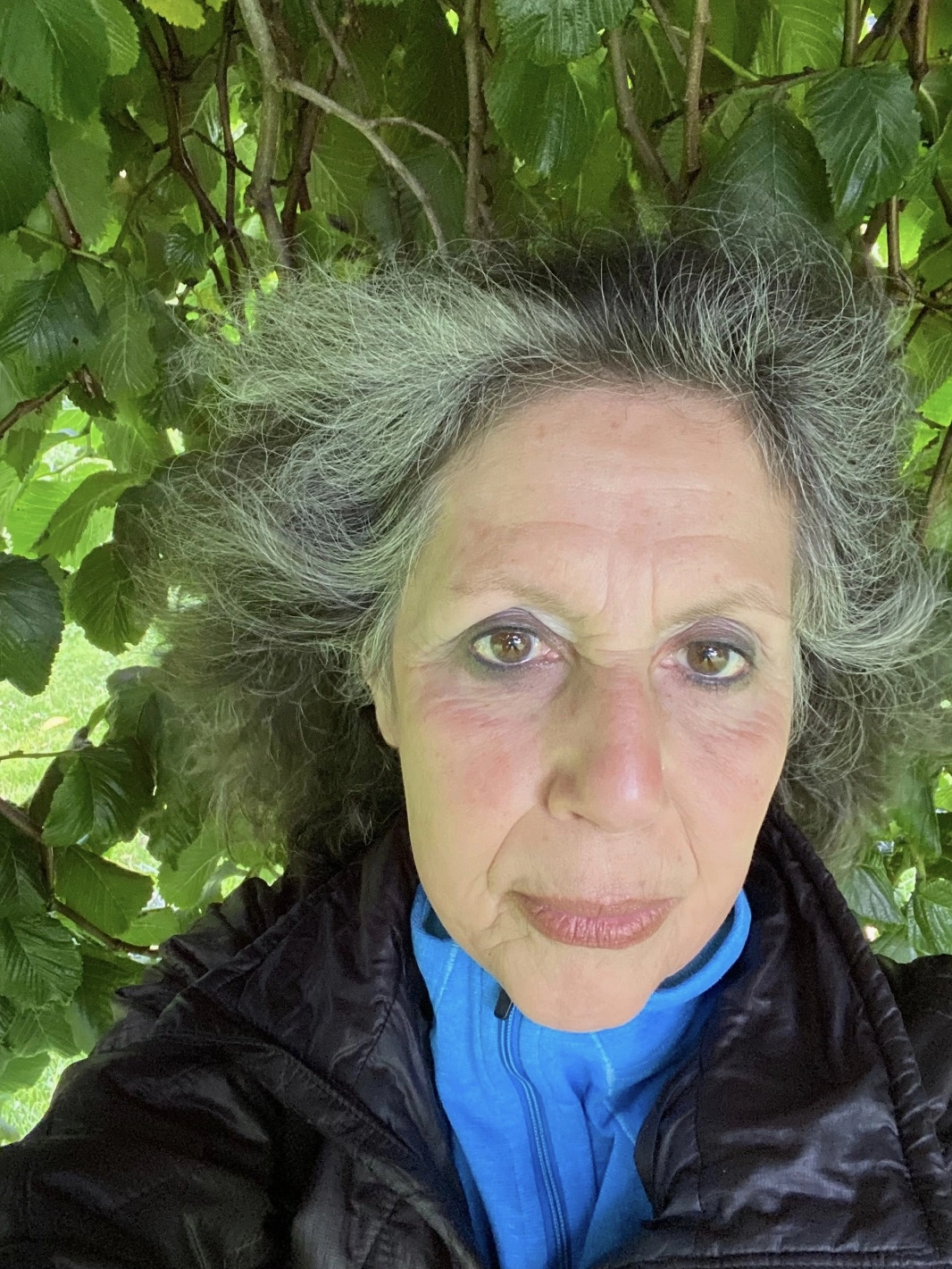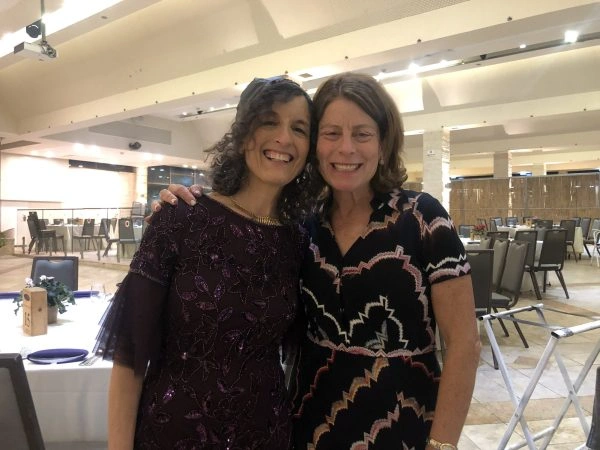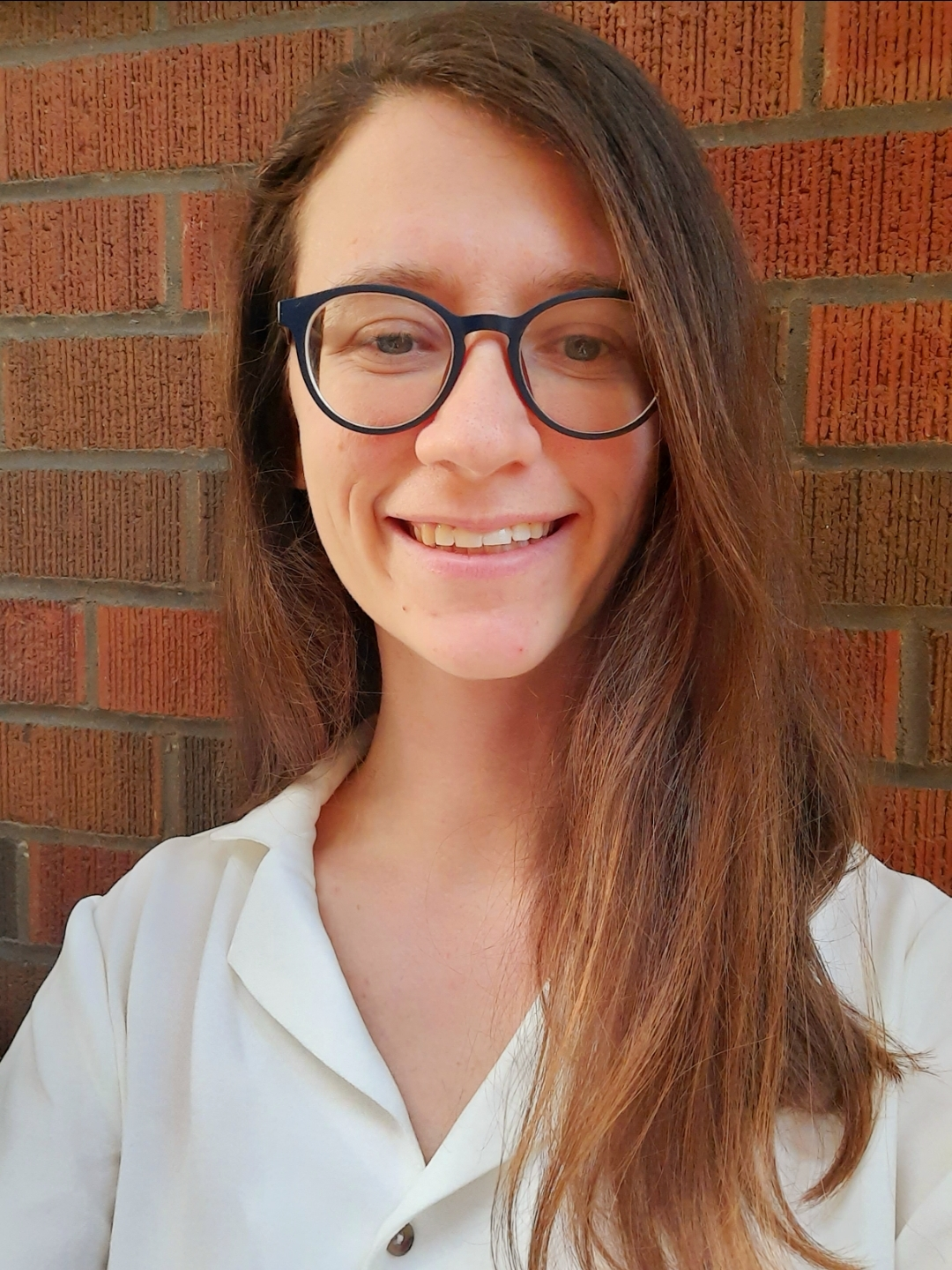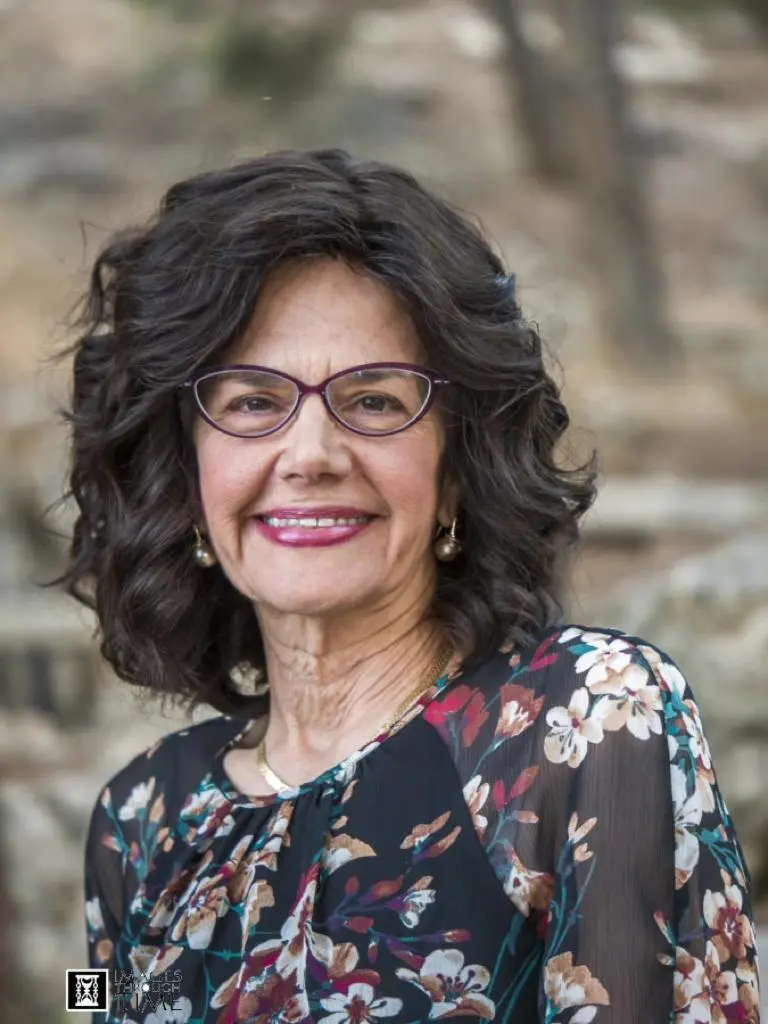Shevuot 4
אֵינוֹ חַיָּיב אֶלָּא אַחַת. זוֹ הִיא שְׁבוּעַת בִּיטּוּי, שֶׁחַיָּיבִין עַל זְדוֹנָהּ מַכּוֹת, וְעַל שִׁגְגָתָהּ קׇרְבַּן עוֹלֶה וְיוֹרֵד.
he is liable for only one violation. Since the second oath did not prohibit any act in addition to the first oath, he is not liable for violating it. The mishna concludes: This is an oath on an utterance for which one is liable to receive lashes for its intentional violation, and to bring a sliding-scale offering for its unwitting violation.
״זוֹ הִיא דְּחַיָּיבִין עַל זְדוֹנָהּ מַכּוֹת״ – אֲבָל ״אוֹכַל״ וְלֹא אָכַל, לָא לָקֵי!
The Gemara infers from the formulation of the mishna: It is specifically this case of an oath on an utterance for which one is liable to receive lashes for its intentional violation. But if a person stated: On my oath I will eat, and then he did not eat, he is not flogged. Presumably this is because the violation does not involve any action. This mishna, then, can provide a basis for Rabbi Yoḥanan’s ruling.
מִכְּדִי הַאי סְתָמָא וְהַאי סְתָמָא; מַאי חָזֵי דְּעָבֵיד כִּי הַאי סְתָמָא? לֶעְבֵּיד כִּי הַאי סְתָמָא!
The Gemara asks: Now, this mishna (27b) is unattributed and that mishna (2a) is unattributed. What did Rabbi Yoḥanan see that he practiced in accordance with this unattributed mishna? Let him instead practice in accordance with that unattributed mishna.
וּלְטַעְמָיךְ – רַבִּי גּוּפֵיהּ, הֵיכִי סְתַם לַן הָכָא הָכִי וְהָכָא הָכִי?
The Gemara adds another question: And according to your reasoning that both mishnayot carry equal weight, then with regard to Rabbi Yehuda HaNasi himself, when he redacted the Mishna, how could he teach us as unattributed both this opinion in the mishna here and that opinion in the mishna there? This would result in a contradiction.
אֶלָּא מֵעִיקָּרָא סָבַר לָאו שֶׁאֵין בּוֹ מַעֲשֶׂה לוֹקִין עָלָיו, וְסַתְמַהּ, וַהֲדַר סָבַר אֵין לוֹקִין עָלָיו, וְסַתְמַהּ; וּמִשְׁנָה לֹא זָזָה מִמְּקוֹמָהּ.
Rather, it is apparent that initially Rabbi Yehuda HaNasi held that for a violation of a prohibition that does not involve an action one is flogged, and so he taught it as an unattributed mishna, and later he retracted his opinion and held that one is not flogged for a violation of such a prohibition, and so he taught that opinion as an unattributed mishna. And he left the first mishna (2a) as it was because a mishna does not move from its place, i.e., since the students had already learned that mishna it was deemed inappropriate to remove it. Based on this logic, Rabbi Yoḥanan ruled in accordance with the later mishna (27b).
בְּמַאי אוֹקֵימְתָּא – כְּרַבִּי יִשְׁמָעֵאל, וּלְמַלְקוֹת; מַרְאוֹת נְגָעִים – מַאי מַלְקוֹת אִיכָּא? בְּקוֹצֵץ בַּהַרְתּוֹ, וּכְרַבִּי אָבִין אָמַר רַבִּי אִילְעָא; דְּאָמַר רַבִּי אָבִין אָמַר רַבִּי אִילְעָא: כׇּל מָקוֹם שֶׁנֶּאֱמַר ״הִשָּׁמֶר״, ״פֶּן״ וְ״אַל״ – אֵינוֹ אֶלָּא לֹא תַעֲשֶׂה.
The Gemara clarifies: In accordance with which opinion did you interpret the mishna? In accordance with the opinion of Rabbi Yishmael, and it is referring to liability to receive lashes. The Gemara questions this: But in the parallel case of shades of leprous marks, what punishment of lashes is there? The Gemara answers: There is a punishment of lashes in a case where one cuts off his snow-white leprous mark [baheret], and in accordance with the principle that Rabbi Avin says that Rabbi Ile’a says, as Rabbi Avin says that Rabbi Ile’a says: Wherever it is stated: Observe, or: Lest, or: Do not, it is nothing other than a prohibition. So too, with regard to leprosy, the verse states: “Observe the leprous mark” (Deuteronomy 24:8), which according to Rabbi Ile’a’s principle teaches a prohibition, namely that it is prohibited to remove the mark. Accordingly, one who violates this prohibition is liable to receive lashes.
יְצִיאוֹת שַׁבָּת, מַאי מַלְקוֹת אִיכָּא? לָאו שֶׁנִּיתַּן לְאַזְהָרַת מִיתַת בֵּית דִּין הוּא – וְכׇל לָאו שֶׁנִּיתַּן לְאַזְהָרַת מִיתַת בֵּית דִּין, אֵין לוֹקִין עָלָיו! מִשּׁוּם הָכִי קָא מוֹקֵימְנָא כְּרַבִּי יִשְׁמָעֵאל, דְּאָמַר: לָאו שֶׁנִּיתַּן לְאַזְהָרַת מִיתַת בֵּית דִין – לוֹקִין עָלָיו.
The Gemara asks further: But in the parallel clause of acts of carrying out that are prohibited on Shabbat, what punishment of lashes is there? The prohibition against doing so is a prohibition in the Torah that potentially serves as a mandate for court-imposed capital punishment, and the generally accepted principle is that with regard to a violation of any prohibition in the Torah that potentially serves as a mandate for court-imposed capital punishment, one is not flogged for its violation even if no death penalty is imposed, as that prohibition is punishable only by death. The Gemara answers: It is due to that reason that we interpreted the mishna to be in accordance with the opinion of Rabbi Yishmael, as he says that with regard to a prohibition in the Torah that potentially serves as a mandate for court-imposed capital punishment, one is flogged for its violation in a case where there is no actual death penalty.
הָא לָאו הָכִי, קָיְימָא כְּרַבִּי עֲקִיבָא?! קַשְׁיָא יְדִיעוֹת! לָאו אָמְרַתְּ: רַבִּי יִשְׁמָעֵאל הִיא – וּלְמַלְקוּת? רַבִּי עֲקִיבָא נָמֵי – וּלְמַלְקוּת.
The Gemara asks: Is that to say that were it not for this reason, the mishna could be interpreted in accordance with the opinion of Rabbi Akiva, who holds that one is not flogged for violating such prohibitions? But then the question raised above with regard to the mishna’s detailing of the cases of one’s awareness of the defiling of the Temple or its sacrificial foods poses a difficulty, as Rabbi Akiva holds that one is not liable if he entered the Temple during a lapse of awareness of the fact that the place he entered was actually the Temple, whereas the mishna indicates one is liable in such a case. The Gemara answers: Didn’t you say above that it is possible to conclude that the mishna is in accordance with the opinion of Rabbi Yishmael and the liability referred to in the mishna is for liability to receive lashes? Similarly, it is also possible to say that the mishna is in accordance with the opinion of Rabbi Akiva and the liability referred to in the mishna is for liability to receive lashes.
אִי הָכִי, ״יְדִיעוֹת״?! ״הַתְרָאוֹת״ מִיבְּעֵי לֵיהּ! הָא לָא קַשְׁיָא, תְּנִי ״יְדִיעוֹת דְּהַתְרָאוֹת״.
The Gemara asks: If so, why did the tanna use the term: Cases of awareness, which is generally used for cases in which the transgression was performed during a lack of awareness and then subsequent awareness is necessary in order for the person to be liable to bring an offering? The tanna should have instead said: Forewarnings, as the forewarning is a necessary condition to be able to give lashes for an intentional transgression. The Gemara answers: This is not difficult; emend and teach the mishna as saying: Cases of awareness of forewarnings.
אִי הָכִי, ״שְׁתַּיִם שֶׁהֵן אַרְבַּע״?! תַּרְתֵּי הוּא דְּהָוְיָין! וְתוּ, ״אֶת שֶׁיֵּשׁ בָּהּ יְדִיעָה בַּתְּחִלָּה וִידִיעָה בַּסּוֹף וְהֶעְלֵם בֵּינָתַיִם״ – הַעֲלָמָה לְמַלְקוּת מַאי עֲבִידְתֵּיהּ? וְתוּ, ״הֲרֵי זֶה בְּעוֹלֶה וְיוֹרֵד״!
The Gemara rejects the suggestion that the mishna is referring to liability to receive lashes: If so, if the mishna is referring to liability to receive lashes, why does it state that there are two types that are four? There are only two types. Since the person was forewarned he is certainly fully aware of all aspects of his transgression. Accordingly, there are only two cases of liability: For a ritually impure person who enters the Temple and for a ritually impure person who partakes of sacrificial foods. And furthermore, the continuation of the mishna states the case: In which one had awareness at the beginning and awareness at the end, but had a lapse of awareness in between, when he actually transgressed. The Gemara asks: What is the relevance of lapses of awareness to one’s liability to receive lashes? And furthermore, that clause explicitly concludes: This person is liable to bring a sliding-scale offering. Clearly then, the mishna is not referring to liability to receive lashes.
אֶלָּא אָמַר רַב יוֹסֵף: רַבִּי הִיא, וְנָסֵיב לַהּ אַלִּיבָּא דְתַנָּאֵי. בִּידִיעוֹת – נָסֵיב לַהּ כְּרַבִּי יִשְׁמָעֵאל, בִּשְׁבוּעוֹת – נָסֵיב לַהּ כְּרַבִּי עֲקִיבָא.
Having rejected the suggestion that the mishna is referring to liability to be punished with lashes, it addresses the difficulty raised above that the mishna’s ruling with regard to oaths does not accord with Rabbi Yishmael’s opinion and its ruling with regard to cases of one’s awareness of the defiling of the Temple or its sacrificial foods does not accord with Rabbi Akiva’s opinion. If so, whose opinion is expressed in the mishna? Rather, Rav Yosef said: The mishna is in accordance with the opinion of Rabbi Yehuda HaNasi, and he formulates the mishna according to different tanna’im, as follows: With regard to cases of one’s awareness of the defiling of the Temple or its sacrificial foods, he formulates it in accordance with the opinion of Rabbi Yishmael, and with regard to oaths, he formulates it in accordance with the opinion of Rabbi Akiva.
אָמַר רַב אָשֵׁי: אַמְרִיתָא לִשְׁמַעְתָּא קַמֵּיהּ דְּרַב כָּהֲנָא, וְאָמַר לִי: לָא תֵּימָא רַבִּי נָסֵיב לַהּ אַלִּיבָּא דְתַנָּאֵי – וְלֵיהּ לָא סְבִירָא לֵיהּ;
Rav Ashi said: I said this statement of Rav Yosef before Rav Kahana, and he said to me: Do not say that Rabbi Yehuda HaNasi formulates the mishna according to different tanna’im but he himself does not hold accordingly.
אֶלָּא רַבִּי טַעְמֵיהּ דְּנַפְשֵׁיהּ מְפָרֵשׁ, דְּתַנְיָא: מִנַּיִן שֶׁאֵינוֹ חַיָּיב אֶלָּא עַל שֶׁיֵּשׁ בָּהּ יְדִיעָה בַּתְּחִלָּה וִידִיעָה בַּסּוֹף וְהֶעְלֵם בֵּינָתַיִם? תַּלְמוּד לוֹמַר: ״וְנֶעְלַם״ ״וְנֶעְלַם״ שְׁנֵי פְּעָמִים, דִּבְרֵי רַבִּי עֲקִיבָא.
Rav Kahana continued: Rather, Rabbi Yehuda HaNasi is explicating his own reasoning, as it is taught in a baraita: From where is it derived that one is liable to bring a sliding-scale offering only for cases in which one had awareness at the beginning and awareness at the end and had a lapse of awareness only in between, when he actually transgressed? The verses state with regard to a person’s awareness of the fact that he was impure: “And it was concealed,” “and it was concealed” (Leviticus 5:2–3), mentioning concealment twice. The first mention is necessary to teach that one is liable to bring an offering only where he was unaware of his status at the time of the transgression. The second mention is superfluous and serves to teach an additional condition for liability, that one must have had awareness of his status before the transgression. This is the statement of Rabbi Akiva.
רַבִּי אוֹמֵר: אֵינוֹ צָרִיךְ, הֲרֵי הוּא אוֹמֵר:
The baraita continues: Rabbi Yehuda HaNasi says: This proof is not necessary, as it says in the verse:
״וְנֶעְלַם״ – מִכְּלָל דְּיָדַע, ״וְהוּא יָדַע״ – הֲרֵי כָּאן שְׁתֵּי יְדִיעוֹת. אִם כֵּן, מָה תַּלְמוּד לוֹמַר: ״וְנֶעְלַם״ ״וְנֶעְלַם״? לְחַיֵּיב עַל הֶעְלֵם טוּמְאָה וְעַל הֶעְלֵם מִקְדָּשׁ.
“And it was concealed,” which indicates, by inference, that initially he had been aware, and nevertheless the verse continues to state: “And he was aware” (Leviticus 5:3). It emerges that the verse refers here to two different periods of awareness, one before the transgression and one afterward. But if so, why must the verses state: “And it was concealed,” “and it was concealed,” mentioning it twice? It is in order to render one liable both for a violation due to a lapse of awareness of the fact he was ritually impure and for a violation due to a lapse of awareness of the fact that the place he entered was actually the Temple. From this baraita it is apparent that Rabbi Yehuda HaNasi agrees with Rabbi Yishmael’s opinion concerning which types of lapses of awareness render one liable to bring a sliding-scale offering.
אַשְׁכְּחַן בִּידִיעוֹת דְּאִית לֵיהּ טַעְמֵיהּ דְּנַפְשֵׁיהּ, שְׁבוּעוֹת דְּלֵית לֵיהּ טַעְמֵיהּ דְּנַפְשֵׁיהּ מְנָלַן? סְבָרָא הוּא.
The Gemara asks: We have found with regard to cases of one’s awareness of the defiling of the Temple or its sacrificial foods that Rabbi Yehuda HaNasi has explained his own reasoning and it accords with the opinion of Rabbi Yishmael. With regard to oaths, where he has not explained his own reasoning, from where do we derive that he holds in accordance with the opinion of Rabbi Akiva? The Gemara answers: It is based on logical reasoning.
לִישָּׁנָא אַחֲרִינָא: אַשְׁכְּחַן בִּידִיעוֹת דְּסָבַר לַהּ כְּרַבִּי יִשְׁמָעֵאל, בִּשְׁבוּעוֹת דְּסָבַר לַהּ כְּרַבִּי עֲקִיבָא מְנָלַן? סְבָרָא הוּא,
The Gemara presents another formulation of the preceding comment: The Gemara asks: We have found an explicit statement of Rabbi Yehuda HaNasi with regard to cases of one’s awareness of the defiling of the Temple or its sacrificial foods indicating that he holds in accordance with the opinion of Rabbi Yishmael. With regard to oaths, from where do we derive that he holds in accordance with the opinion of Rabbi Akiva? The Gemara answers: It is based on logical reasoning.
רַבִּי עֲקִיבָא מַאי טַעְמָא קָא מְחַיֵּיב לְשֶׁעָבַר – דְּדָרֵישׁ רִיבּוּיֵי וּמִיעוּטֵי; רַבִּי נָמֵי דָּרֵישׁ רִיבּוּיֵי וּמִיעוּטֵי.
The Gemara explains the logical reasoning: What is the reason that Rabbi Akiva deems one liable for oaths pertaining to the past? The reason is that he expounds verses using the method of amplifications and restrictions (see 26a). Rabbi Yehuda HaNasi also expounds verses using the method of amplifications and restrictions, and consequently he arrives at the same opinion as Rabbi Akiva.
דְּתַנְיָא, רַבִּי אוֹמֵר: בַּכֹּל פּוֹדִין בְּכוֹר אָדָם, חוּץ מִן הַשְּׁטָרוֹת. וְרַבָּנַן אָמְרִי: בַּכֹּל פּוֹדִין בְּכוֹר אָדָם, חוּץ מֵעֲבָדִים וּשְׁטָרוֹת וְקַרְקָעוֹת.
The Gemara demonstrates its point: As it is taught in a baraita: Rabbi Yehuda HaNasi says that one can redeem a woman’s firstborn son with any item worth five shekels, except for promissory notes. And the Rabbis say that one can redeem a woman’s firstborn son with any item worth five shekels, except for Canaanite slaves, promissory notes, and land.
מַאי טַעְמָא דְּרַבִּי? דָּרֵישׁ רִיבּוּיֵי וּמִיעוּטֵי: ״וּפְדוּיָו מִבֶּן חֹדֶשׁ״ – רִיבָּה, ״בְּעֶרְכְּךָ כֶּסֶף חֲמֵשֶׁת שְׁקָלִים״ – מִיעֵט, ״תִּפְדֶּה״ – חָזַר וְרִיבָּה.
The Gemara explains: What is the reasoning of Rabbi Yehuda HaNasi? He expounds verses using the method of amplifications and restrictions. Accordingly, he expounds the verse: “And its redemption from one month shall you redeem, according to the valuation of five silver shekels by the sacred shekel” (Numbers 18:16), as follows: Concerning the phrase: “And its redemption from one month,” since it does not specify that only certain items can be used for the redemption, the verse amplified the category of items that can be used to redeem the firstborn, intimating that many different items can be used. Then, with the phrase: “According to the valuation of five silver shekels,” the verse restricted the category to items that are similar to silver shekels. Then, with the term: “Shall you redeem,” the verse again amplified the category.
רִיבָּה וּמִיעֵט וְרִיבָּה – רִיבָּה הַכֹּל; מַאי רִיבָּה – כׇּל מִילֵּי, וּמַאי מִיעֵט – מִיעֵט שְׁטָרוֹת.
According to the hermeneutical principle that when a verse amplified and then restricted and then amplified, it amplified the relevant category to include everything except for the specific matter excluded in the restriction. The Gemara elaborates: What is included by the fact it amplified? Almost everything. And what is excluded by the fact it restricted? It restricted only promissory notes, which are the most fundamentally dissimilar to silver shekels.
וְרַבָּנַן דָּרְשִׁי כְּלָלֵי וּפְרָטֵי: ״וּפְדוּיָו מִבֶּן חֹדֶשׁ״ – כָּלַל, ״בְּעֶרְכְּךָ כֶּסֶף חֲמֵשֶׁת שְׁקָלִים״ – פָּרַט, ״תִּפְדֶּה״ – חָזַר וְכָלַל.
The Gemara explains the reasoning of the Rabbis: And the Rabbis expound verses through the method of generalizations and details. Accordingly, they expound the verse as follows: The phrase: “And its redemption from one month,” is a generalization which suggests that many different items can be used to redeem the firstborn. Then, the phrase: “According to the valuation of five silver shekels,” is a detail, which suggests that only items that are similar to silver shekels can be used. Then, with the term: “Shall you redeem,” the verse again makes a generalization.
כְּלָל וּפְרָט וּכְלָל – אִי אַתָּה דָן אֶלָּא כְּעֵין הַפְּרָט; מָה הַפְּרָט מְפוֹרָשׁ – דָּבָר הַמִּטַּלְטֵל וְגוּפוֹ מָמוֹן, אַף כׇּל דָּבָר הַמִּטַּלְטֵל וְגוּפוֹ מָמוֹן. יָצְאוּ קַרְקָעוֹת – שֶׁאֵינָן מִטַּלְטְלִין; יָצְאוּ עֲבָדִים – שֶׁהוּקְּשׁוּ לְקַרְקָעוֹת; יָצְאוּ שְׁטָרוֹת – אַף עַל פִּי שֶׁמִּטַּלְטְלִין, אֵין גּוּפָן מָמוֹן.
Based on this exegetical method, whenever a verse has a generalization and then a detail and then a generalization, the principle is that you may deduce that the verse is referring only to items similar to the detail; in this case, just as the detail, i.e., silver shekels, is explicitly something that is movable and has intrinsic monetary value, so too, anything that is movable and has intrinsic monetary value can be used. This excludes land, which is not movable property; it excludes Canaanite slaves, who are halakhically compared to land; and it excludes promissory notes, because even though they are movable property, they do not have intrinsic monetary value.
אֲמַר לֵיהּ רָבִינָא לְאַמֵּימָר: רַבִּי דָּרֵישׁ רִיבּוּיֵי וּמִיעוּטֵי?! וְהָא רַבִּי כְּלָלֵי וּפְרָטֵי דָּרֵישׁ!
Ravina said to Ameimar: Does Rabbi Yehuda HaNasi really expound verses through the method of amplifications and restrictions? But doesn’t Rabbi Yehuda HaNasi expound verses through the method of generalizations and details?
דְּתַנְיָא: ״מַרְצֵעַ״ – אֵין לִי אֶלָּא מַרְצֵעַ, מִנַּיִן לְרַבּוֹת הַסּוֹל וְהַסִּירָה, הַמַּחַט וְהַמַּקְדֵּחַ וְהַמַּכְתֵּב? תַּלְמוּד לוֹמַר: ״וְלָקַחְתָּ״ – כׇּל דָּבָר שֶׁנִּלְקָח בַּיָּד, דִּבְרֵי רַבִּי יוֹסֵי בְּרַבִּי יְהוּדָה. רַבִּי אוֹמֵר: ״מַרְצֵעַ״ – מָה מַרְצֵעַ מְיוּחָד, שֶׁל מַתֶּכֶת; אַף כֹּל שֶׁל מַתֶּכֶת.
This is as it is taught in a baraita: The Torah provides the process by which a Hebrew slave who has already completed his six years of servitude may continue on as a slave of his master: “And you shall take the awl and put it through his ear and in the door” (Deuteronomy 15:17). From this verse, I have derived only that an awl can be used; from where do I know to include the thorn of a palm [hasol], and a thorn, a needle, and a gimlet, and a stylus for writing on wax, as valid tools for piercing his ear? The verse states: “And you shall take,” which indicates that anything that can be taken by hand is a valid tool. This is the statement of Rabbi Yosei, son of Rabbi Yehuda. Rabbi Yehuda HaNasi says: Not all these items can be used. Rather, since the verse specifies an “awl,” only items similar to an awl can be used; just as an awl is distinct in that it is fashioned of metal, so too, anything fashioned of metal can be used.
וְאָמְרִינַן: בְּמַאי קָא מִיפַּלְגִי? רַבִּי דָּרֵישׁ כְּלָלֵי וּפְרָטֵי, וְרַבִּי יוֹסֵי בְּרַבִּי יְהוּדָה דָּרֵישׁ
And we say with regard to this dispute: About what do they disagree? Rabbi Yehuda HaNasi expounds verses using the method of generalizations and details, and Rabbi Yosei, son of Rabbi Yehuda, expounds verses






















